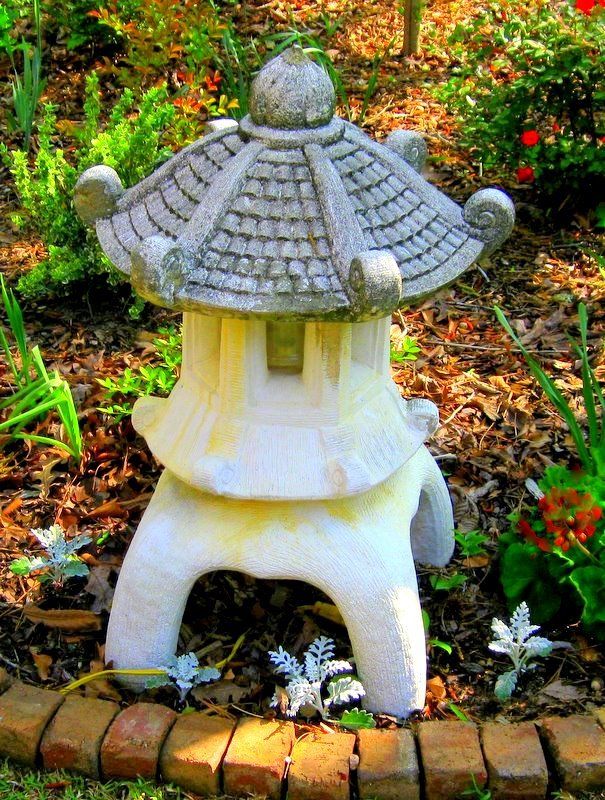 |
| An Asian stone lantern is classic garden art. |
So you're selling your home and you want to score points for curb appeal?
You want your home to look classy, but colorful? Interesting, but non-tacky?
You want to distinguish between good yard art and bad yard art?
Fear not. I have gathered all the pointers you need to steer you through the jungle of whirlygigs, gee-gaws, gazing balls, buddha statues, plastic gargoyles, and concrete lions.
Like other art forms, good yard art may be difficult to define, but you know it when you see it. To help, here is the Official Pink Overalls List of what good lawn art must be:
Natural, Purposeful, Proportional, Local, and Subtle
That's all you really need to know. But, if you want some 'splaining and illustrations, read on.
You want your home to look classy, but colorful? Interesting, but non-tacky?
You want to distinguish between good yard art and bad yard art?
Fear not. I have gathered all the pointers you need to steer you through the jungle of whirlygigs, gee-gaws, gazing balls, buddha statues, plastic gargoyles, and concrete lions.
Like other art forms, good yard art may be difficult to define, but you know it when you see it. To help, here is the Official Pink Overalls List of what good lawn art must be:
Natural, Purposeful, Proportional, Local, and Subtle
That's all you really need to know. But, if you want some 'splaining and illustrations, read on.
Lawn art in the front yard makes a big statement. It's part of that all-important first impression on buyers. It could entice them, or not.
And in the backyard, on the balcony or porch, or at poolside, yard art is still worthy of staging, because backyards are where Americans live, and where you get another opportunity to woo house hunters with the charms of your home.
I blogged about how not to decorate the yard last week, and how to identify what humorist Jean Shepherd calls Slob Art.
Natural material is one characteristic of worthwhile outside art. Edit your exterior decor down to objects made of stone, metal, wood, ceramics, glass, and sometimes concrete. If you look at the photo above of my neighbor's stone lantern, and the metal Pottery Barn planter below, you'll get a sense of how important natural material can be to the good looks of yard art.
Plastic flower pots and resin fountains have their place, but nothing beats the real thing for a quality look. (Keep reading, to see how I break my own rules.)
 |
| The slight rusting on this beautiful wire plant stand gives it credibility as a natural material. |
 |
| Yes, a hammock can qualify as garden art. One like this is natural, functional, and subtle. |
Compare that garden seating to a lovely bench tucked under a shady tree at the edge of your lawn. That's the kind of intended purpose I'm talking about.
A bench needs to accommodate people. Stepping stones need to be spaced for comfortable walking. An obelisk or trellis should provide support for climbing vines. A birdhouse or birdbath ought to shelter or water wildlife. A fence needs to enclose an area. A sculpture provides an anchoring focal point.
This guideline eliminates fake wishing wells, plywood ladies sitting in pretend swings, dry birdbaths, and rows of birdhouses painted in cartoon colors that would scare off any bird.
This guideline eliminates fake wishing wells, plywood ladies sitting in pretend swings, dry birdbaths, and rows of birdhouses painted in cartoon colors that would scare off any bird.
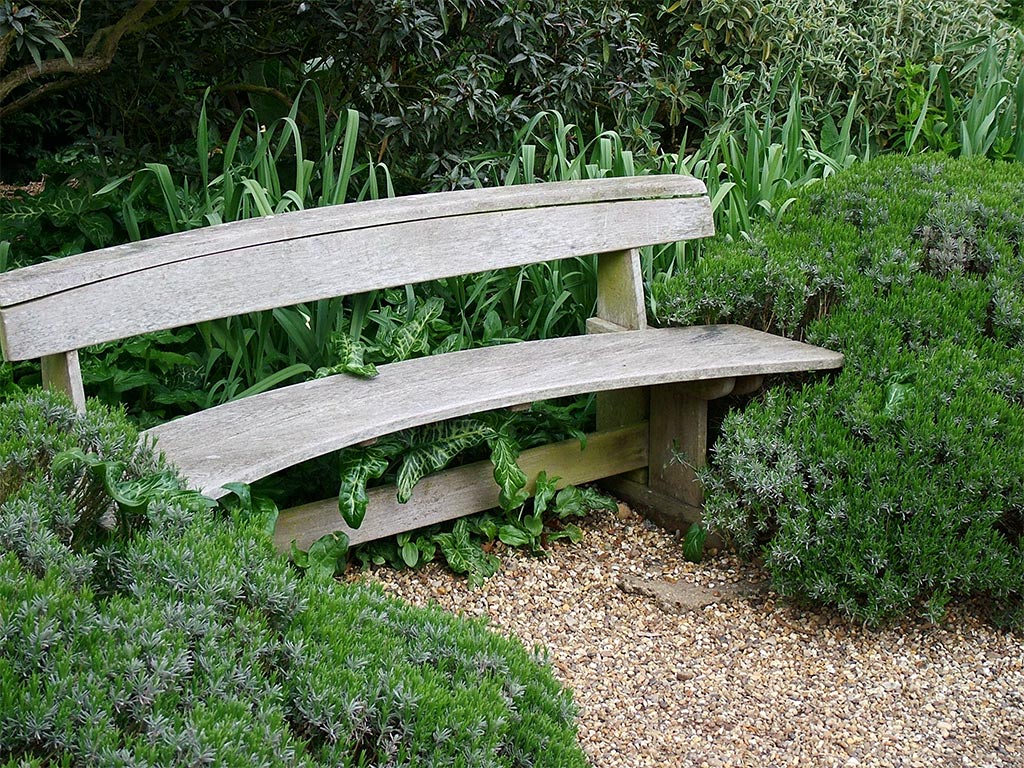 |
| This weathered bench would be perfect in a staged yard because it looks welcoming. |
 |
| I placed a mirror as a focal point behind my hydrangea shrub, where it adds depth and shine. |
 |
| Mr. Lucky built this teteur from leftover lattice panels, for clematis to climb on. |
Good proportions. Just like interior staging, garden staging demands grand scale. Pack up the tiny cherubs that sit in little potted plants. Replace them with one generously sized planter box. You don't need to break the bank. An $8 plastic pot can be made to look like concrete or stone.
Art looks best when it's in proportion to the home. A country cottage is scaled just right for some cute garden art, but most homes deserve more mass.
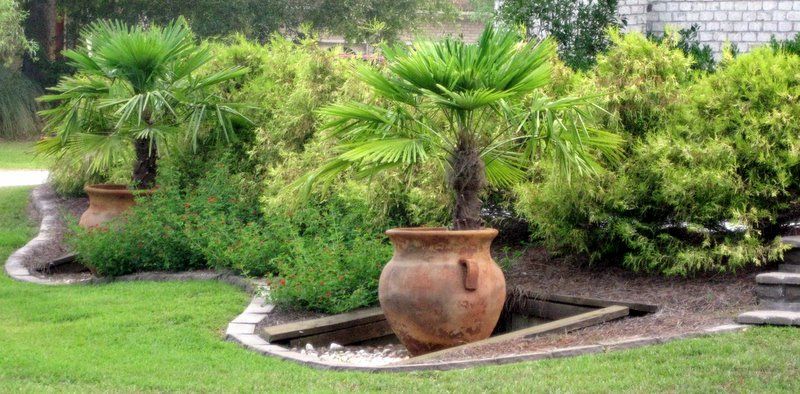 |
| Perfectly scaled to the landscape and the house, these terra cotta pots are over two feet tall. |
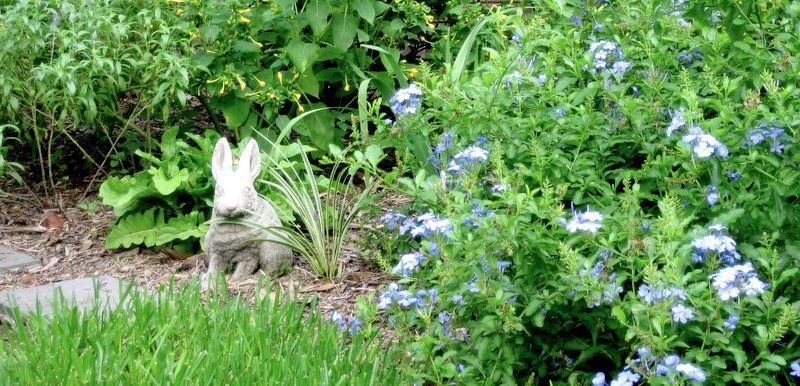 |
| In a less grand landscape, a small concrete rabbit looks just right in the garden! |
Suitable to the locale. Real estate is all about location. Using indigenous material in your garden helps your house nestle into its surroundings. Garden art that's local has integrity, and looks like it belongs, unlike objects made from unusual materials from a different climate or culture.
If you are edging your flower beds and borders with stone to improve curb appeal, use stone that is native to your area. Even if you buy faux rocks (which can be very convincing), make the rock look like it belongs by selecting familiar types. For example, slate and flagstone predominate in some states, and granite and quartz, or sandstone, or marl, or lava rock, or river rock in others.
If you are edging your flower beds and borders with stone to improve curb appeal, use stone that is native to your area. Even if you buy faux rocks (which can be very convincing), make the rock look like it belongs by selecting familiar types. For example, slate and flagstone predominate in some states, and granite and quartz, or sandstone, or marl, or lava rock, or river rock in others.
 |
| Using native stone is economical, ecological, and beautiful, like this rock wall. |
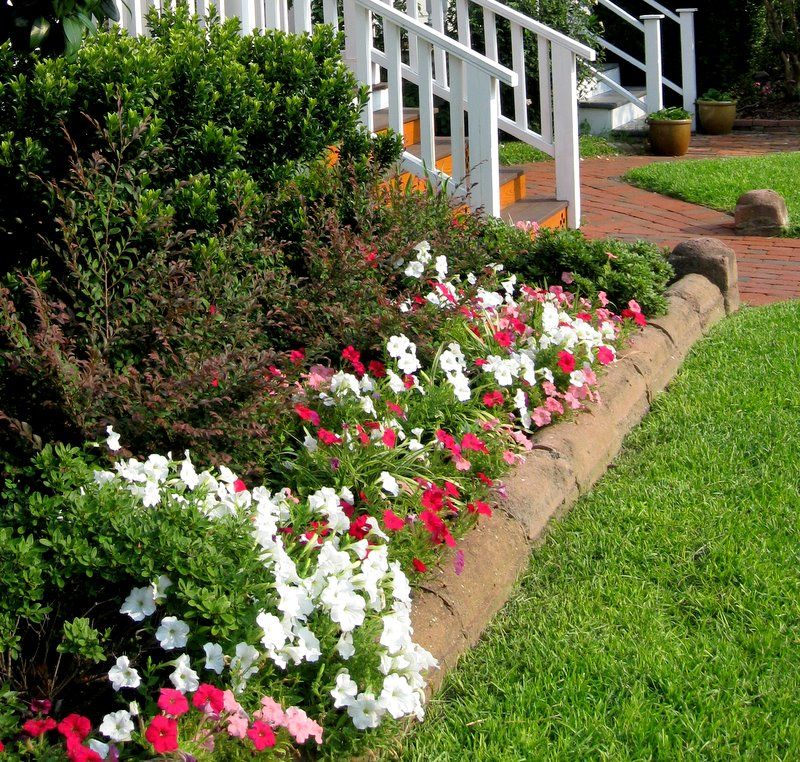 |
| Bricks are produced in the South, so using them for our walls, paths and edging makes sense. |
Colors that speak softly. Step away from the garish! In the same way that interior home staging prefers a color palette that is relaxing, yard art that's appropriate for a home on the market should not call attention to itself with loud colors. Subtlety rules.
 |
| The soft colors of the porch swing and cushion are relaxing and non-distracting. |
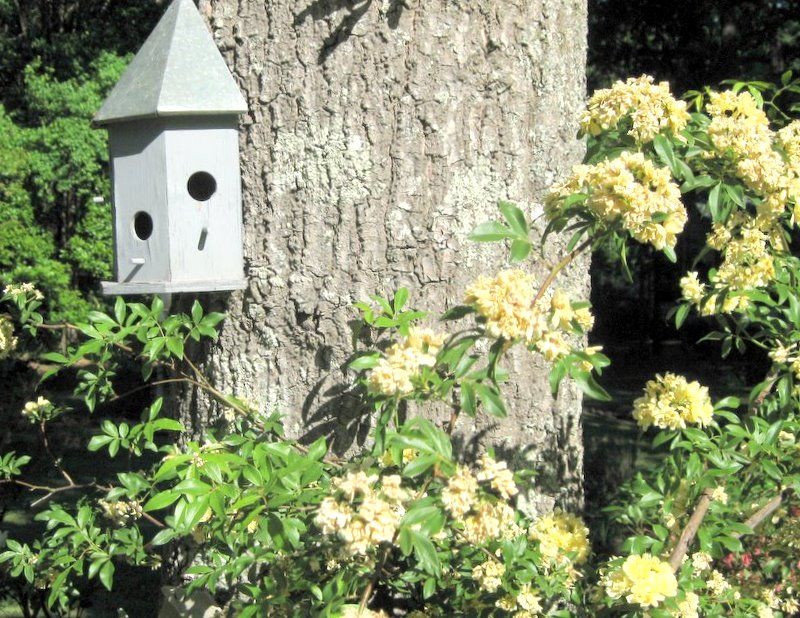 |
| My grey birdhouse, where birds actually live, is painted to blend with its surroundings. |
 |
| Although it's made of resin, this heron fountain looks like antiqued bronze. |
Hammock and bench photos: Mooseys Country Garden. Split rail fence photo: Peak Landscape.
Order my eBook now, and start staging today! In my eBook, DIY Home Staging Tips to Sell Your Home Fast and For Top Dollar, you'll learn more landscaping and curb appeal tips to help sell your home on the market. Better lawn art is just part of the picture.



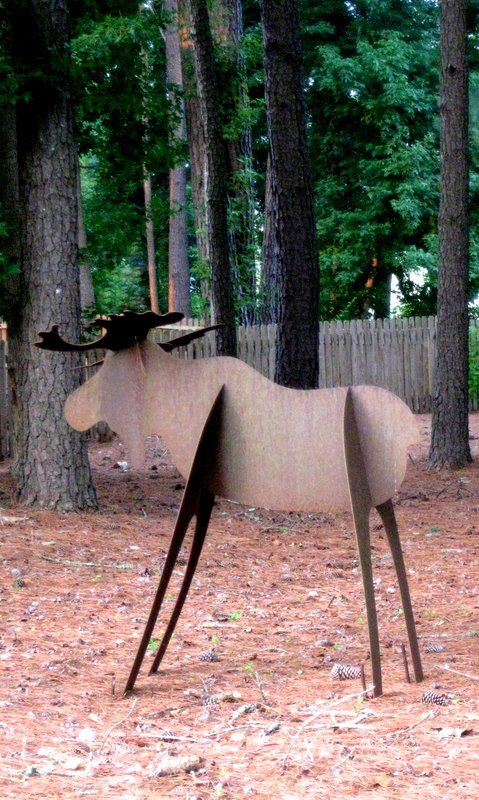
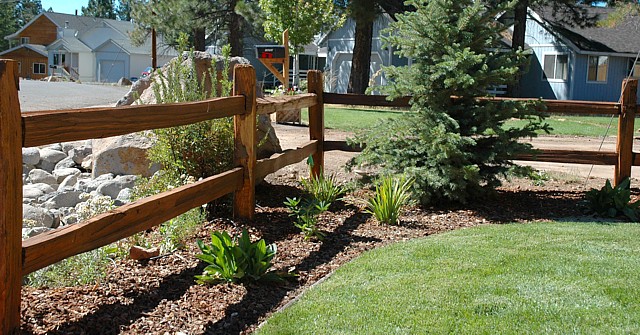

No comments:
Post a Comment